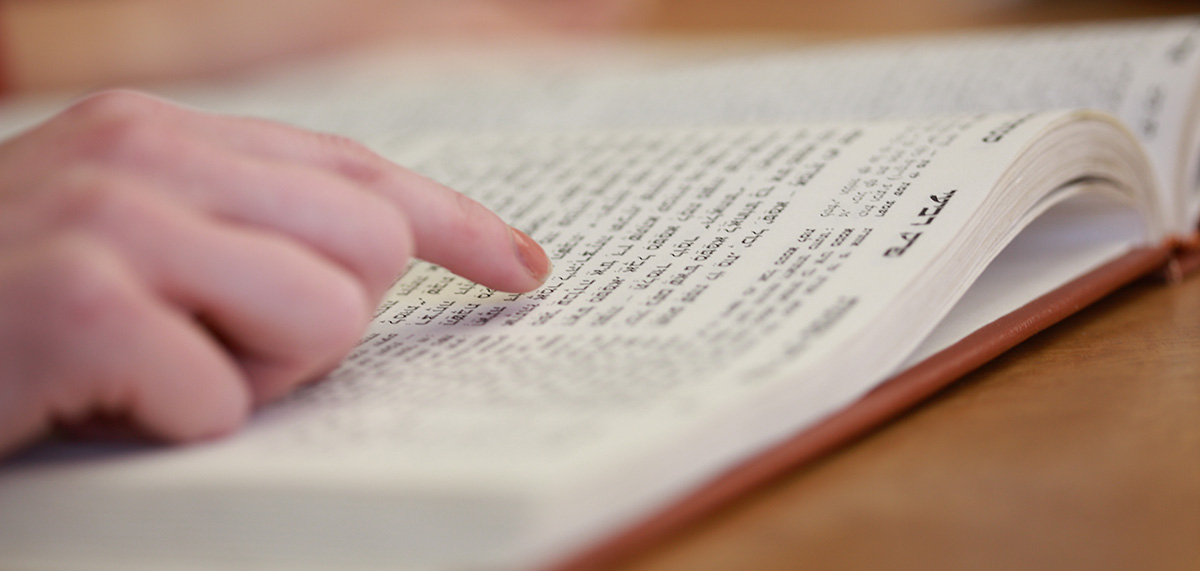Search Results
Back to JTS Torah Online's Main page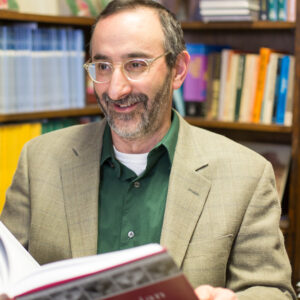
The True Story of Hanukkah
Dec 4, 2010 By Benjamin D. Sommer | Commentary | Hanukkah
What is Hanukkah really about? There are several answers to a question like this, since the meaning of a holiday or ritual develops and grows over time. I’d like to point out a fascinating tension between two understandings of Hanukkah that becomes clear from examining two popular songs many of us sing after lighting the candles.
Read More
Going Up in Holiness
Nov 27, 2010 By David Levy | Commentary | Vayeshev | Hanukkah
Next Wednesday night, Hanukkah begins and Jews all over the world will gather around the menorah to light one candle for the first night of Hanukkah. We take it for granted that we light a candle on the first night, two on the second, and so on, but it could have been different.
Read More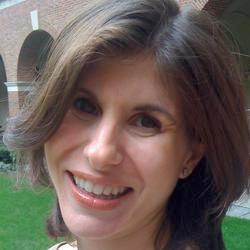
Rituals and Ethics in our Food
Nov 27, 2010 By Abigail Treu | Commentary | Text Study | Vayeshev
According to the U.S. Department of Agriculture, more than forty-five million turkeys are cooked and eaten in the U.S. at Thanksgiving. In 2010, more than 242 million turkeys are being raised with an average liveweight per bird of twenty-eight pounds. By contrast, in 1970, only 105 million birds were raised, with an average liveweight of seventeen pounds.
Read More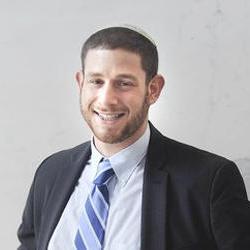
Speaking for the Silenced
Nov 20, 2010 By Andrew Shugerman | Commentary | Vayishlah
Commonly found in coroner’s offices across North America is the following motto: “We speak for the dead to protect the living.” Ancient and modern biblical commentators have taken a similar stance toward the rape of Dinah and its aftermath. A close examination of Genesis 34 and contemporary responses to its narrative will show how one of the Torah’s most troubling passages can inspire us to take action. We must, in the words of Proverbs 31:8, “speak for those who cannot speak for themselves.” We must address similar injustices in today’s society in order to protect the living.
Read More
Personal Transformation
Nov 20, 2010 By Andrew Shugerman | Commentary | Vayishlah
A close examination of Genesis 34 and contemporary responses to its narrative will show how one of the Torah’s most troubling passages can inspire us to take action. We must, in the words of Proverbs 31:8, “speak for those who cannot speak for themselves.” We must address similar injustices in today’s society in order to protect the living.
Read More
Who We Are and Where We’re Going
Nov 20, 2010 By Andrew Shugerman | Commentary | Text Study | Vayishlah
Can we ever break free from the troubled darkness of our past?
Read More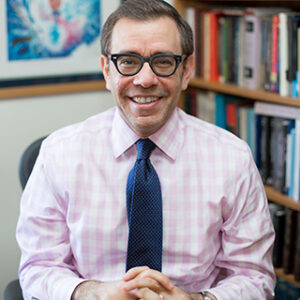
Why Religion?
Nov 12, 2010 By David Hoffman | Commentary | Vayetzei
Big picture: What is religion trying to do in the world?
Read More
Jealousy for the Right Reasons
Nov 11, 2010 By Abigail Treu | Commentary | Text Study | Vayetzei
When I struggled with infertility, the jealousy of our barren matriarchs was a great comfort.
Read More
Transforming Jealousy
Nov 10, 2010 By Abigail Treu | Commentary | Text Study | Vayetzei
Be it parenthood or a good job or the latest [fill-in-the-blank-of-your-heart’s desire], it is difficult, in our material culture, not to want what others have. We know we shouldn’t covet—that’s one of the Ten Commandments, after all—but we can’t control the way we feel.
Read More
Biblical PTSD
Nov 1, 2010 By Andrew Shugerman | Commentary | Text Study | Toledot
Many centuries before the advent of modern medicine in general and care for mental health in particular, our Sages developed the symbolic language of angels’ tears to explain the hidden wounds impressed upon Isaac’s psyche in the aftermath of the Akedah, the binding of Isaac.
Read More
To Dispense Love
Oct 30, 2010 By Abigail Treu | Commentary | Text Study | Hayyei Sarah
Sometimes our Torah─the Torah I teach, anyway─is very abstract. Sometimes, though, I feel called back to the basics. This midrash is one of those calls.
Read More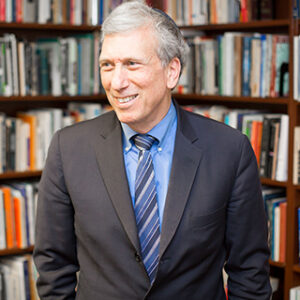
The Graves of Our Ancestors
Oct 29, 2010 By Arnold M. Eisen | Commentary | Hayyei Sarah
I went to visit the graves of my parents the other day, and could not help but think—with this Torah portion looming—of the times when I went with my father (whose name was Abraham, until he changed it) to visit my mother’s grave.
Read More
The Person You Are Now
Oct 23, 2010 By Andrew Shugerman | Commentary | Text Study | Vayera
“Innocent until proven guilty” approximates God’s judgment of Ishmael in the midrash above.
Read More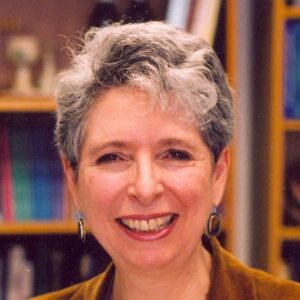
Is Seeing Believing?
Oct 23, 2010 By Deborah Miller | Commentary | Vayera
Is seeing believing? Or, to put it another way, is seeing necessary for believing? I am not asking a theological question, but a psychological/social/emotional one.
Read More
Mentioning our Mothers
Oct 16, 2010 By Abigail Treu | Commentary | Text Study | Lekh Lekha
Did the Imahot (matriarchs) have a relationship with God?
This question has nagged at me of late, brought to the surface by the welcome feminist language of the new Mahzor Lev Shalom. Faced by the names of the Imahot staring at me from the page, I found myself confronting anew a question I have not revisited in some time: was Abraham’s God Sarah’s God too?
Read More
Woody Allen’s Torah
Oct 12, 2010 By Matthew Berkowitz | Commentary | Lekh Lekha
The brilliance of Allen’s film arises from his portrayal of the ethical corruption of each of his characters and the extent to which he plays on the sense of sight. Ironically, the ophthalmologist, who specializes in physical sight, is corrupted by ethical blindness, while the rabbi, who represents morality, is physically going blind. Indeed, the juxtaposition of sight and insight figure prominently in both Allen’s film and this week’s parashah, Lekh Lekha. By focusing our exegetical lenses on the parting of ways between Avram and Lot (Gen. 13), we discover not only a physical separation between the two characters, but also a spiritual and ethical divide that cuts to the very core of their world views.
Read More
Light in the Window
Oct 9, 2010 By Andrew Shugerman | Commentary | Text Study | Noah
How is prayer like a window or a gem? One early modern response to the midrash above answers that question with devotional creativity.
Read More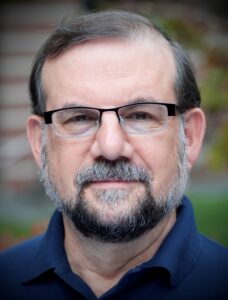
A Lesson From Sarajevo
Oct 9, 2010 By Burton L. Visotzky | Commentary | Noah
It was raining when we visited Mostar, a city enshrined in memory by Christiane Amanpour reporting for CNN while standing in front of the ruins of the historic bridge that had united the city before the war devastated Yugoslavia. In 1993, that bridge was destroyed by shelling after standing for 427 years. On one side lived Christians, and on the other, Muslims. Before the war, Christians and Muslims freely crossed the bridge. They did business together, rejoiced together, married one another. Families had extensive ties on both sides of the Neretva River (see photo below). As the Bible might say, they shared “the same language and the same words.”
Read More
Angel Tears
Oct 6, 2010 By Andrew Shugerman | Commentary | Toledot
Many centuries before the advent of modern medicine in general and care for mental health in particular, our Sages developed the symbolic language of angels’ tears to explain the hidden wounds impressed upon Isaac’s psyche in the aftermath of the Akedah, the binding of Isaac. Today, one finds myriad psychological interpretations of his near-death experience at the hands of his father, Abraham. In fact, a trend has emerged in Israeli poetry over the last few decades: reexamining the Akedah as a paradigm for understanding the role of trauma and fear in contemporary Jewish life.
Read More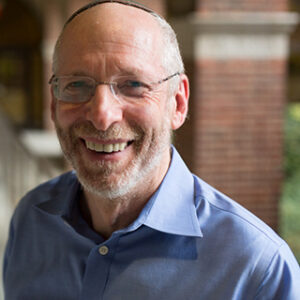
Searching for Signs
Oct 5, 2010 By Eliezer B. Diamond | Commentary | Toledot
This week’s Torah portion contains an ambiguity that is rarely noted, and yet it is crucial to how we understand the contest between Rebecca and Isaac. When Rebecca experiences the as yet unborn children struggling, indeed almost crushing each other, she goes “to seek God”—whatever that may mean. She is told that two nations will emerge from her womb, two nations that will contend with each other and, the divine response concludes, “ve-rav ya’avod za’ir.“
Read MoreSUBSCRIBE TO TORAH FROM JTS
Our regular commentaries and videos are a great way to stay intellectually and spiritually engaged with Jewish thought and wisdom.

